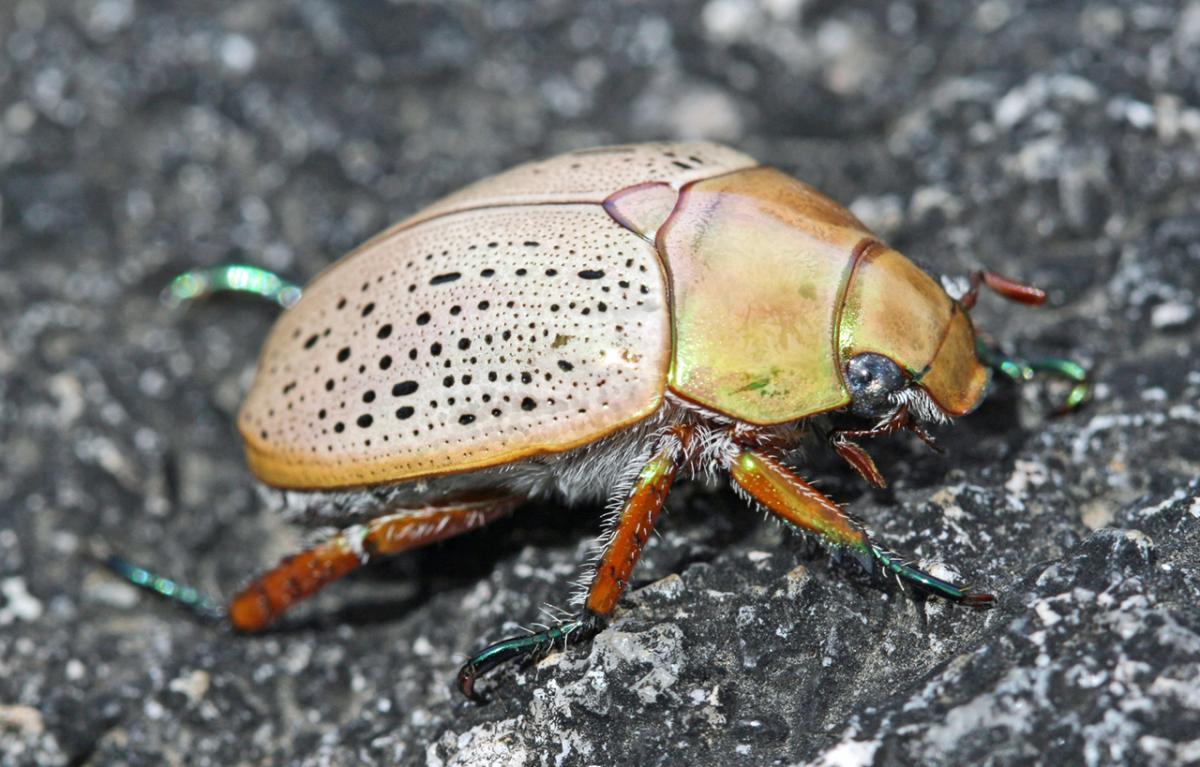When thinking of predatory animals such as foxes, most would probably imagine a vicious carnivore with razor sharp teeth, but what if I told you that a certain fox species munches on Christmas beetles and berries? In its natural habitat the European red fox has been known to be an expert hunter that feasts mostly on small animals such as rabbits and birds; but a study suggests that their diet may not always be so simple.
In Queensland, Australia where the European red fox is invasive, it has had to adapt to an environment that is constantly changing due to local urbanization and the extinctions of many native species. Because of this, foxes may no longer have access to what they would have eaten in their traditional dietary niches. Curious as to what they would find, a group of scientists studied the diet of European red foxes over the course of four years.
This study found that in their invaded habitat, the diet of European red foxes directly reflects what can be found in their environment. Without abundant access to prey, foxes act more akin to scavenging foragers that will munch on everything from plants to insects such as Christmas beetles, and even decaying bird and fish remains. The expansiveness of their dietary niche reflects both the foxes’ opportunistic foraging habits as well as the constantly changing environment in which they live.
This information underscores the effects of invasive predators on native ecosystems, as well as how these evolving environments can impact the natural plants and animals around us.










